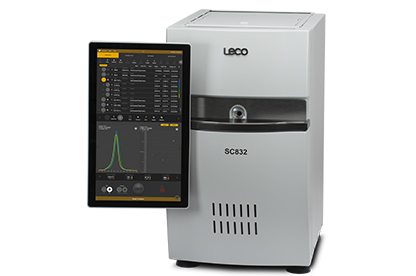Elemental Analysis Instruments
LECO instruments offer piece of mind for energy companies validating for quality and compliance by measuring for moisture, ash, volatile content, and loss-on-ignition as well as determination of gross calorific value of various organic materials. LECO’s cutting-edge thermal gravimetric analyzers are industry leaders in every field.













